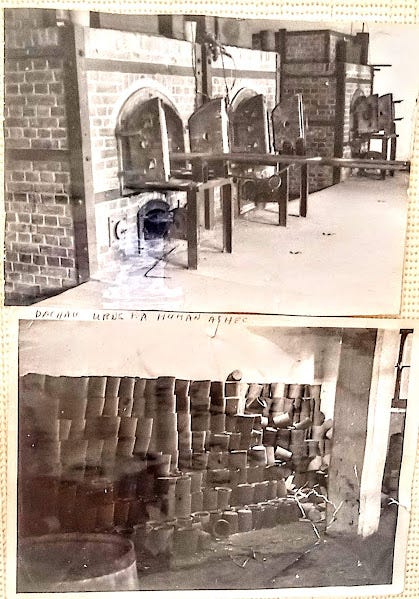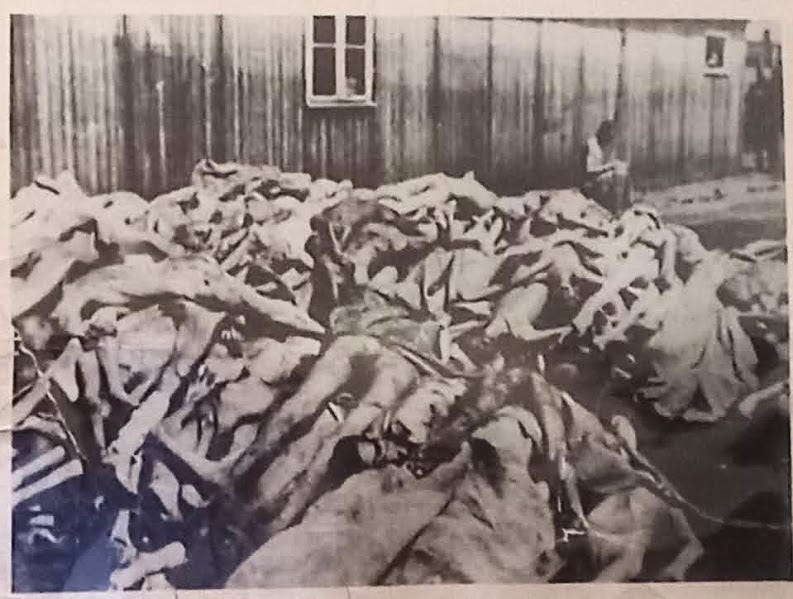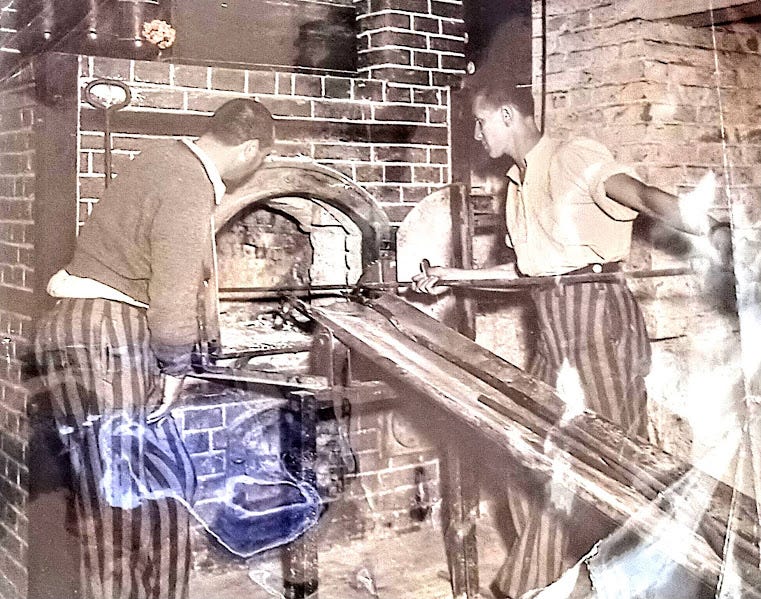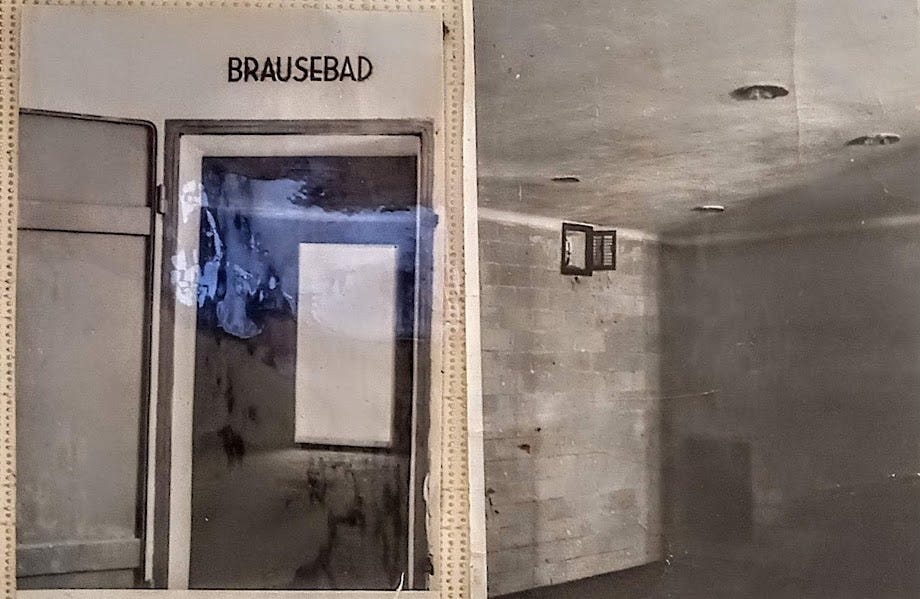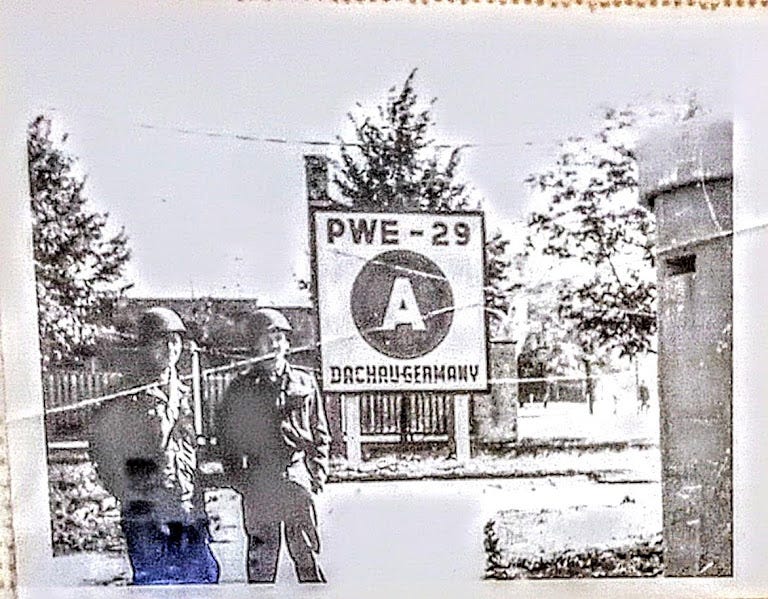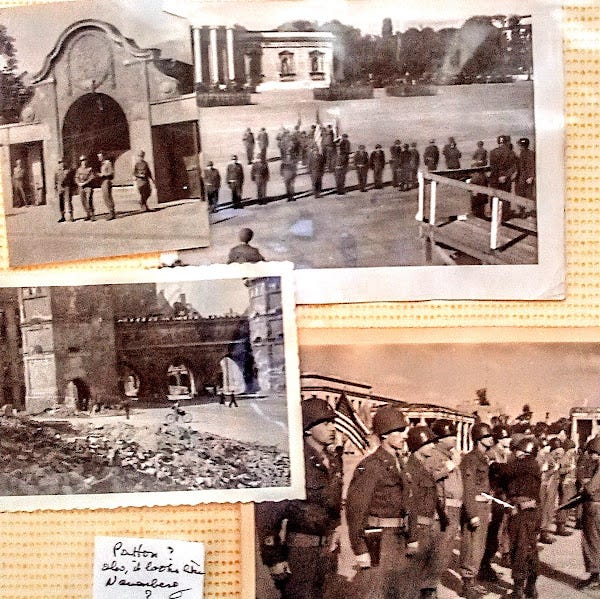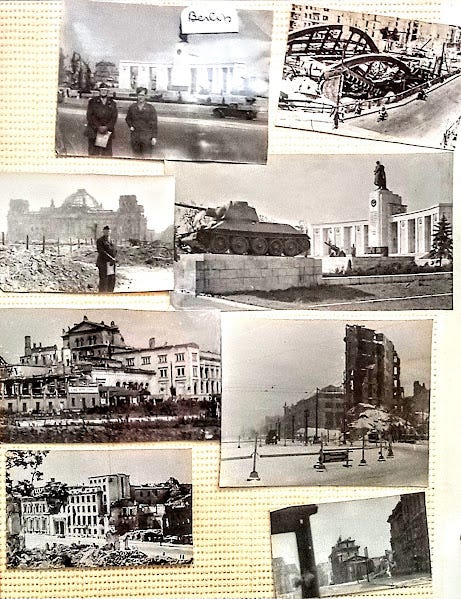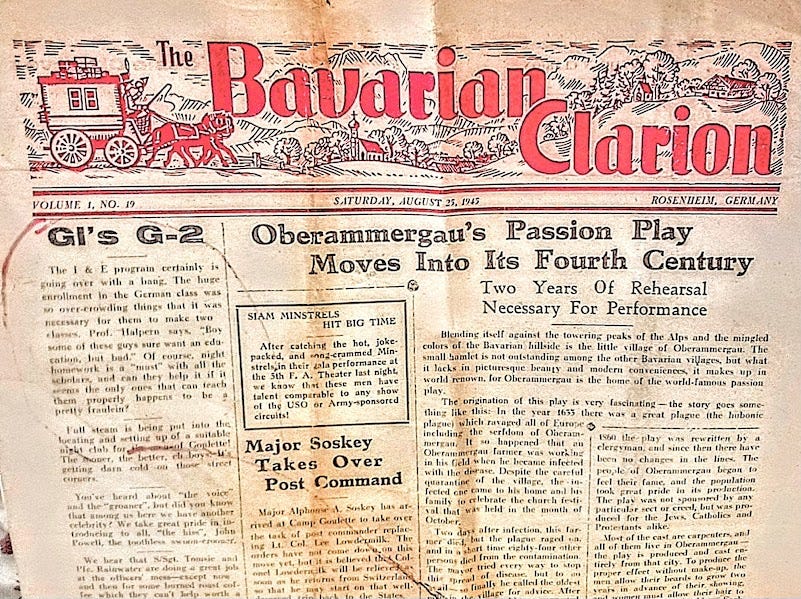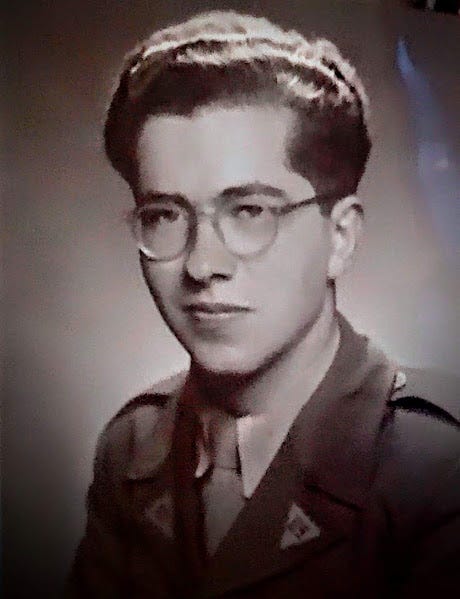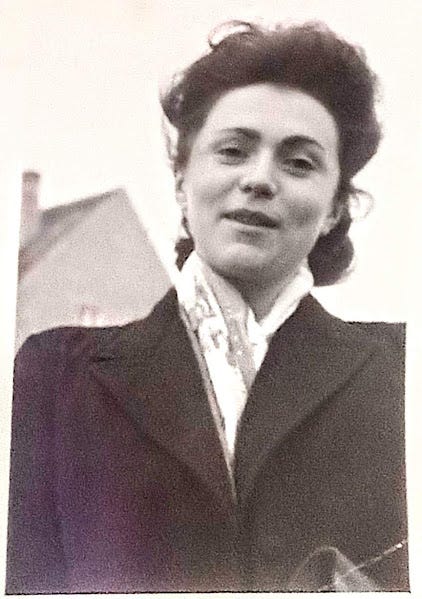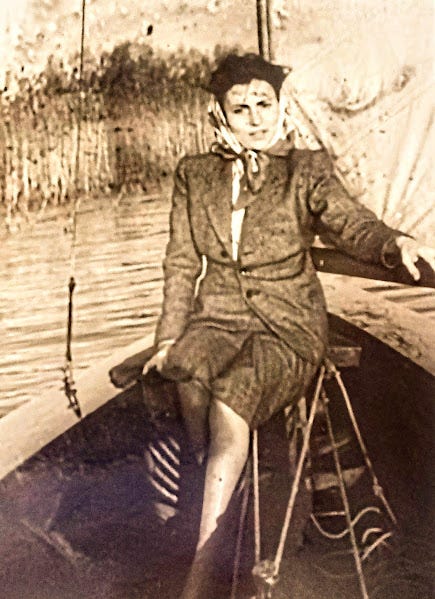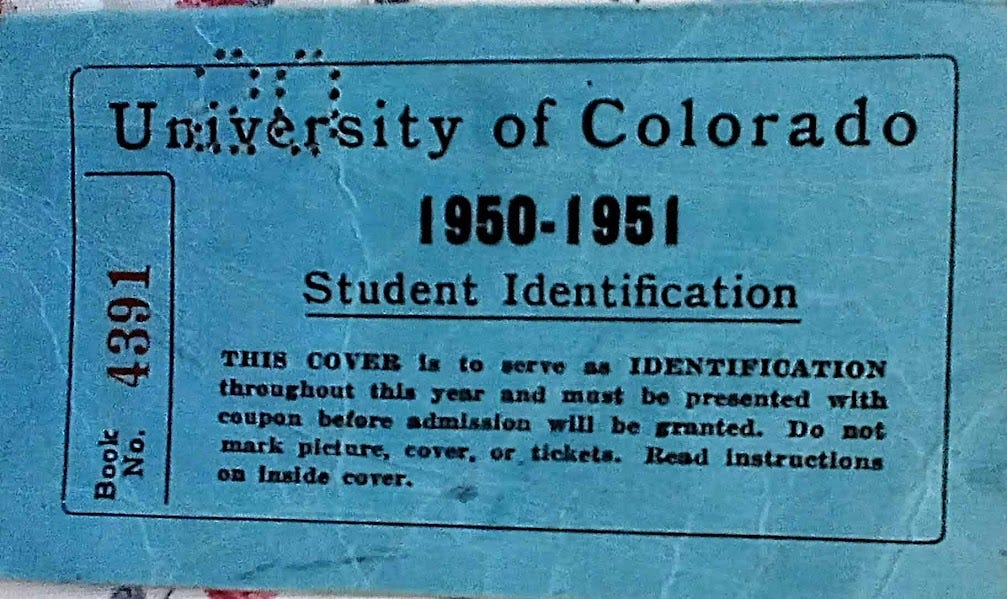People keep scrapbooks, Vol. 4
Please don't use any of these for identity-theft purposes
I don’t think “scrapbook” is really the right word for the collection of photos and other items my friend Janine took off a shelf and showed me this week. That term fails to capture both the sheer passage of time and the enormity of some of the material. But the collection of mementos in this post was assembled in the same household as the photos in the scrapbook shown in volumes one, two, and three of this unplanned series, and you’ll see other similarities.
I have mentioned in past articles here that Janine’s first husband George, who died in 1962 at the age of 37, was a Russian Jew whose family had been fleeing pogroms in their homeland since time immemorial before the Nazis rose to power in Germany. George’s family had settled in Germany at the time serious chaos was underway. George was no academic slouch and his family had made good money via (I believe) the production of industrial-grade chemicals, so George himself was able to spend most of World War II as a student at Stuyvesant High School in Manhattan, then and now one of the top-rated high schools in the United States.
I have also described some of Janine’s experiences during the war as a girl in Paris, which included having to escort a younger girl made to wear a Star of David on her dress to a birthday party, drawing stares from other subway riders that neither girl should ever have been forced to tolerate. Later, after the Nazis had forced their way westward and southward through Belgium and into northern France, she watched her next-door neighbors, the Reis family, swiftly removed from their apartment late at night.
Janine and George met in Germany after the war and were married in 1947, after which they emigrated to the U.S., specifically New York City. George then immediately enlisted in the U.S. Army and was soon deployed to Germany as part of the literal dismantling of the Nazi death-machinery.
George took the two photos below at the Dachau concentration camp, now a memorial and the site of the slaughter of over 40,000 people. This is only one of the more notorious such extinction-and-disposal centers built throughout Germany.
The top photo’s contents are not mysterious. The bottom photo shows urns filled with anonymous cremated human remains.
Seeing George’s own well-preserved handwriting between the photos adds even more gravity to what he captured on film.
George was also hoping to learn whether one of his relatives was among the kidnapped and murdered. I don’t think he got an answer, but he and his fellow soldiers surely saw enough.
George’s service included a trip to Berlin, which at the time had seen better infrastructural days. (At close to 3.8 million, Berlin is currently the most populous city in the European Union.)
Other European countries needed some tightening up at the time.
Not everything in this collection of photos evokes pauses for bleak reflection and unanswerable questions. At the front of the collection was an issue of The Bavarian Clarion from August 25, 1945.
And of course the appearance of Janine herself in the scrapbook”—and in George’s life—brightens the tone considerably.
I first met Janine in 2010, when she was 85 years old. Her 99th birthday is in less than two weeks. Until this week, I had no idea what she had looked like as a middle-aged woman, let alone as a younger one. I was not surprised to find that she was lovely—why wouldn’t she be? She still is—and that in some of her photos she could have passed for her daughter Lize at around the same age.
Naturally, seeing these photos and listening to Janine’s first-hand accounts from World War II sparks inevitable thoughts about how any of this was allowed to happen. Unfortunately, determined forms of tyranny, state-enforced propaganda, mass censorship, and human psychology tend to intersect in paralyzing ways, and all most of us can do is watch and hope that we don’t get in trouble for calling the kinds of atrocities depicted in the above photos exactly what they are.
But more than that, I again realize how lucky I am to have met some of the people I have, in no small part because they and by extension their children were lucky to have made it to the country where I was born in the first place.


